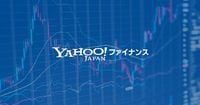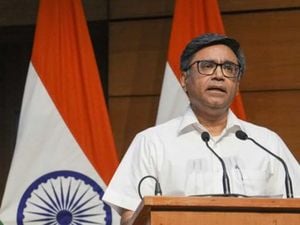In Japan, two types of shingles vaccines have received approval: a live vaccine requiring only one dose and a recombinant vaccine that necessitates two doses. The voluntary vaccination program, which is fully self-funded, primarily targets individuals aged 50 and older, along with those 18 and older who are at a higher risk of developing shingles due to immune compromise. The live vaccine costs 4,000 yen (8,000 yen for voluntary vaccination), while the recombinant vaccine is priced at 20,000 yen (40,000 yen for voluntary vaccination).
Choosing between the live vaccine and the recombinant vaccine presents a dilemma for many. Despite some public funding, individuals accustomed to free routine vaccinations may be taken aback by the costs associated with the recombinant vaccine. For those receiving a monthly pension of around 60,000 yen, the expense of 20,000 yen for the recombinant vaccine can be prohibitive. However, certain groups, such as those on welfare or those receiving support under the Chinese Resident Support Program, can receive the vaccine for free.
The advantages and disadvantages of both vaccines are noteworthy. The live vaccine, while cheaper and requiring only one injection, has a lower preventive effect and a shorter duration of efficacy, with only 40% effectiveness after five years. Additionally, it is not suitable for individuals using immune suppressants. In contrast, the recombinant vaccine (Shingrix) boasts a high preventive effect, maintaining 90% effectiveness after five years and 70% after ten years. However, it requires two doses, comes at a higher cost of 20,000 yen per dose, and tends to produce stronger side effects, such as fever and fatigue.
Medical journalist Kiwara Hiromi recommends that those who prioritize preventive effectiveness over cost should consider the recombinant vaccine, especially since it is available at half price during the current program. Hiromi herself received the live vaccine years ago, before the recombinant option was available, and now expresses a keen interest in getting the recombinant vaccine when the time comes.
For those looking to minimize expenses but still wishing to avoid shingles, the live vaccine remains a viable option. While it may not provide the same level of protection, it is likely to result in milder symptoms should the disease occur, and it can be administered every five years.
In a broader context, the cost-effectiveness of the shingles vaccine is significant. A recent comparison suggests that spending 1.35 million yen on treatments to maintain quality of life is not a fair comparison against the relatively low cost of 4,000 to 10,000 yen for the shingles vaccine, which can reduce the risk of onset by 20%.
Notably, Dr. Arai Hirai, a globally recognized expert in dementia, emphasizes that there are stages between normal cognitive function and dementia, such as subjective cognitive decline and mild cognitive impairment. He advocates for appropriate interventions, which can include lifestyle changes like quitting alcohol, treating diabetes, improving sleep quality, and engaging in regular aerobic exercise.
Furthermore, a study published in The Lancet indicates that factors such as hearing loss (9.1%), high blood pressure (2%), obesity (0.8%), smoking (5.5%), lack of exercise (2.6%), social isolation (2.3%), and diabetes (1.2%) all elevate the risk of developing dementia. Incorporating the shingles vaccine into preventive measures could potentially add a 20% reduction in dementia risk, making it a compelling choice for many.
As Japan navigates its healthcare landscape, the conversation surrounding shingles vaccination highlights the balance between cost and health benefits. With ongoing awareness of the implications of shingles and dementia, the importance of vaccination cannot be overstated. The decision ultimately lies with individuals, who must weigh their personal health needs against financial considerations.






